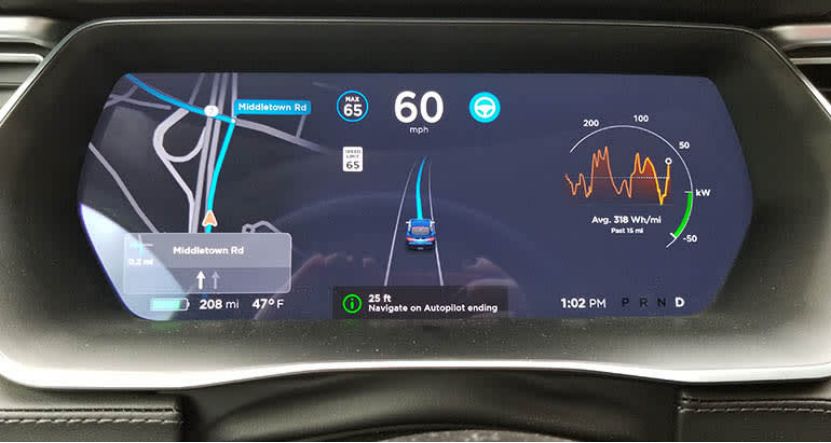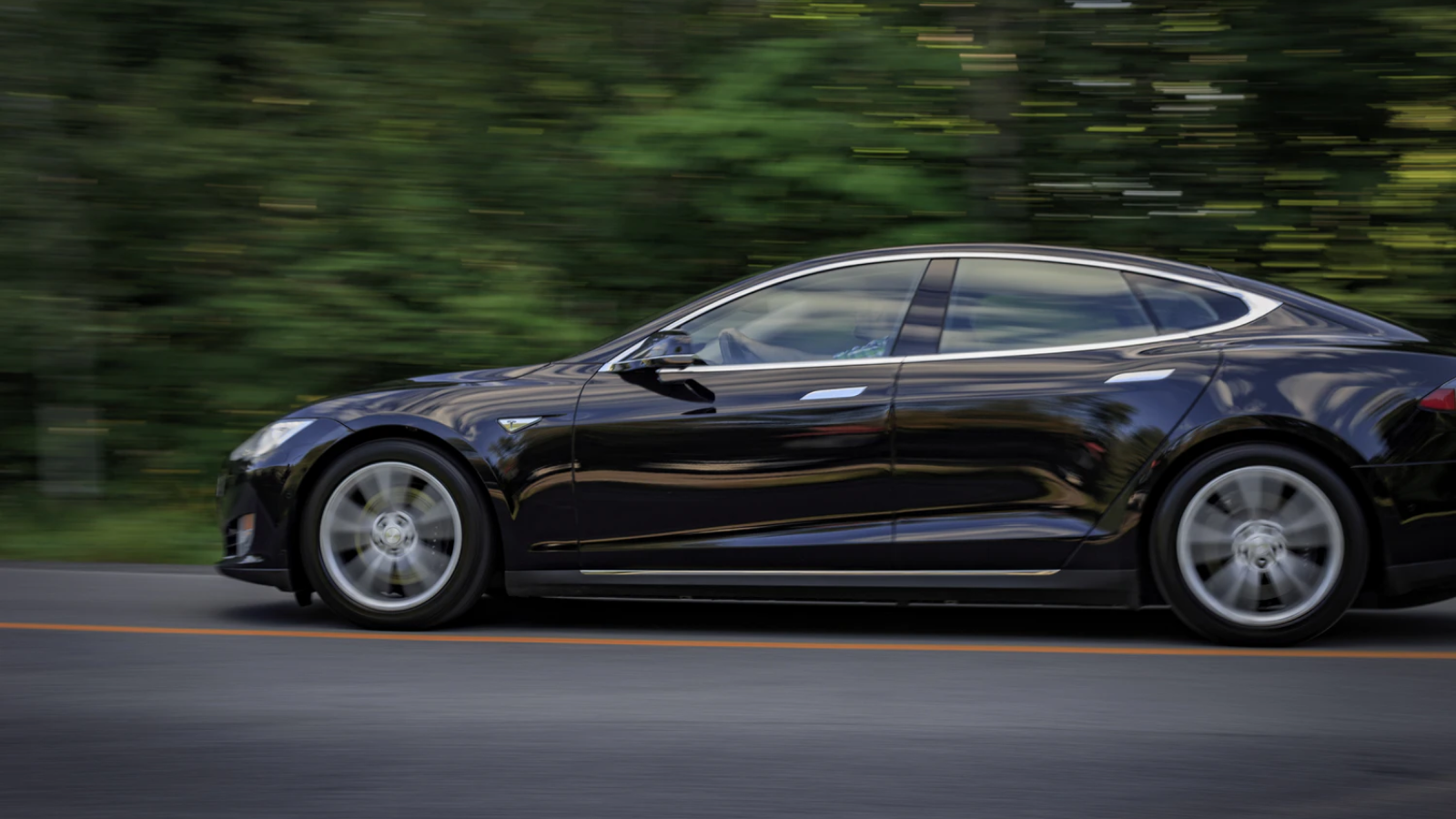Consumer Reports Tests Tesla’s New Navigate on Autopilot System
Testers at Consumer Reports (CR) were impressed by the technology they saw with Tesla’s new Navigate on Autopilot system, but they also found limitations that raise concerns. CR tested the system, which guides vehicles through junctions and exits on highways and suggests lane changes, while covering roads in Connecticut. Although the technology is impressive, they are concerned about how it will perform in real-world driving conditions, particularly in traffic.
Nav on AP provides lane advice to the driver based on upcoming exits, intersections or forks, and the vehicle automatically enters the recommended lane after the driver confirms the automatic lane change. However, the vehicle must also confirm that the lane change is safe. The vehicle can now automatically exit highways, slow down on exits, and merge into traffic after entering the ramp at high speed without requiring the driver to turn the steering wheel. However, based on the current system, Nav on AP can only operate on highways, and drivers are required to regain control when exiting the highway. The system cannot stop the vehicle automatically at a red light or stop sign yet. Nevertheless, this gives us a glimpse of what automated cars will look like in the future, including potential problems.CR’s Automotive Testing Director Jake Fisher said, “This system gives us a glimpse of what the future of autonomous driving may look like. Tesla has demonstrated how autonomous driving technology is applied on highways while still requiring the driver to take over in other driving conditions. Such a system must be applied to the trucking industry in the near future and may also provide great convenience for long-distance drivers.”
“Additionally, Nav on AP can also provide lane change suggestions to help drivers maintain a more stable driving rhythm,” Fisher also said. “If you turn on adaptive cruise control at 75 miles per hour and the car in front is only going 65, the system will suggest that you change lanes. If you signal, it will execute the lane change for you.”
However, Nav on AP will not suggest drivers return to the original lane after overtaking a slow-moving vehicle. Fisher said, “If you only rely on the system to change lanes, you may become the world’s most annoying ‘left-lane hog’.” A Tesla spokesperson told CR that future versions of the system will include the functionality of returning to the original lane.

Room for Improvement
We also encountered some concerns. “Nav on AP occasionally suggests that drivers change lanes to overtake when there is a high-speed vehicle behind them, which is often encountered when driving behind a slow-moving vehicle,” Fisher said.
Although Tesla currently requires drivers to turn the steering wheel or pull the automatic driving lever to complete an automatic lane change, drivers may still follow the system’s suggestions and enter the lane where there is a high-speed vehicle behind them if they are not highly concentrated. In future versions of Nav on AP, Tesla will allow vehicles to change lanes without requiring driver confirmation. A Tesla spokesperson told CR that future versions will use three rear-facing cameras to monitor quickly coming objects and do “better than ordinary drivers.”
In terms of the current situation of the system, CR’s testers found that it still cannot fully demonstrate its capabilities in poor traffic conditions. Fisher said, “Overall, it still performs best in simple situations and when there are not too many cars. Once there are more cars, the limitations of the technology become clear.”This system also has problems with intersection navigation: When the driver is about to exit a congested highway, the system may suggest changing lanes to pass a slow-moving truck instead of waiting for the exit on the same lane, which is what most drivers would choose. However, since there are too many cars, Tesla cannot complete the lane change, and then AP will lower the speed and return to the exit lane behind the truck, which worsens the traffic situation.
Tesla says that this feature requires support from many aspects, including “the speed of other vehicles in your lane, the speed of vehicles in both lanes on either side of you, the density of vehicles in both lanes on either side of you, and the time required for vehicles to complete the lane change before the next change in the road”. The Tesla spokesperson said that in some specific “uncommon” situations, this feature may even slow the car down completely to a stop.
Fisher commented: “It can help you get out of the highway, but it’s not very elegant. It didn’t foreseeably tell you that ‘there are so many cars, and the exit is so close, now overtaking may not be a wise decision'”.
Based on our findings, CR is pleased to see that Tesla took a very cautious approach when introducing this new feature update.
Fisher said: “When you first activate this feature, there is a huge warning on the entire screen, and even if you turn it on, you must still confirm multiple prompts, which reminds the driver that this feature cannot replace your own attention.”
Tesla says that Nav on AP also serves as a test field for car manufacturers to continue researching vehicle automation. “As people use Nav on AP to travel more miles, the collection of a large amount of data will allow us to continue to make it more powerful and efficient.” This sentence is from Tesla’s blog post announcing this feature.
Overall, Nav on AP is an interesting technological achievement, but it also has great limitations.
Finally, Fisher summarized, “Tesla owners who use this system can see a possible future, but for car manufacturers, it also tells us about the many challenges of empowering cars with autonomous driving.”
This article is a translation by ChatGPT of a Chinese report from 42HOW. If you have any questions about it, please email bd@42how.com.
